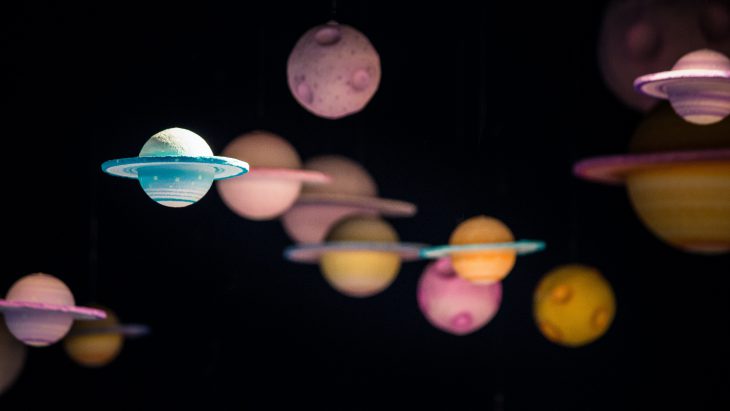Currently, the Earth is the only planet we know of that hosts life. One of the biggest questions in astronomy today is ‘are we alone in the Universe?’. While the answer to this question is unknown, we do have plenty of planets to study. Today, we know of roughly 30 planets that meet criteria scientists identify as friendly to life.
These 30 planets are exoplanets, meaning they orbit a star that is not the Sun. Stars warm the area around them; planets that orbit close to their host star are warmed more than planets that orbit further away. The area around a star that is friendly to life is known as the habitable zone, or the Goldilocks zone. Planets within this zone are close enough to be warmed by their host star, but not so close that they are too hot.
Whether a planet is ‘too hot’ or ‘too cold’ for life is determined by what phases of water can exist on the surface of the planet. If only ice water can exist on the planet’s surface, the planet is too cold. If only water vapor can exist on the planet’s surface, the planet is too hot. But if water can exist in all three of its stages–solid, liquid, and gas, just like on Earth–then the planet’s surface temperature is just right.
The size of a planet also matters. These 30 planets are similar enough to the size of the Earth that they have the potential to be Earth-like. If the planets were too big, they would end up more similar to Neptune, and wouldn’t be habitable.
Although having the right size and being at the right distance aren’t the only reasons a planet would be habitable, it does make them interesting candidates to study. As more planets are found within the habitable zones of their host stars, it becomes important to prioritize which planets are the best candidates for life. The question then becomes, how do we choose which planets to focus on?
Right now, the Earth is the only planet we know of to have life. So, the best places to look elsewhere in the universe for life are the places that are the most like the Earth. Scientists know a lot about how the Earth has evolved through time, and about how life has evolved on Earth. They also know that the evolution of life on Earth impacts the evolution of the planet itself. This is because living things change the chemistry of the world around them. You do this yourself every time you take a breath; you inhale oxygen, and then exhale carbon dioxide back into the atmosphere.
Building off of previous work, a team of scientists used a star’s age to calculate how likely each of its planets are to have the right conditions for life. Scientists know that life existed on the Earth for roughly 1-2 billion years before it made an appreciable impact on the atmosphere. After 2 billion years, oxygen could be detected. Thus, the researchers used 2 billion years as the length of time a planet must exist within its stars’ habitable zone for it to be observed as a potentially habitable planet. Their goal is to determine the likelihood that a planet has spent this amount of time in its star’s habitable zone.
Of the 30 planets in their star’s habitable zone, the scientists chose nine to study. These planets are too far away for our telescopes to observe their atmospheres, but they are useful as test cases in studies such as these. The procedure used by the scientists in this study will be applicable to future, closer, habitable planet candidates.
When the scientists ran their calculations, they found that only one planet of the nine had a high probability of existing in the habitable zone of its host star for a continuous 2 billion years. Because the width of the habitable zone around a star changes as the star ages, it’s unlikely that the other eight would have spent 2 billion years in that zone. This means that, while life may have formed on these planets, it’s unlikely that enough time has passed for it to have changed the chemistry of the world around it to be detectable.
How do we know how well the model represents reality? To test the accuracy of the model, the scientists also included the well-understood planets Earth, Venus, and Mars in their calculations. Earth, and our neighbors Venus and Mars, have previously been or currently are within our Sun’s habitable zone.
For the Earth and Mars, the model returned that there is a 100% probability of the planets having occupied the sun’s habitable zone for at least 2 billion years. This is true. However, we know that the Earth is habitable, and Mars is not. These results emphasize that being the right size and in the right place are not enough for a planet to be habitable. The scientists noted that we could improve these predictions by including future calculations of the mass of the planet and what its atmosphere is actually made of.
Future studies targeting nearby stars can benefit from the framework developed by these scientists. By applying this procedure to closer planetary systems, follow-up observations can focus on planets with the highest probability of being habitable.


